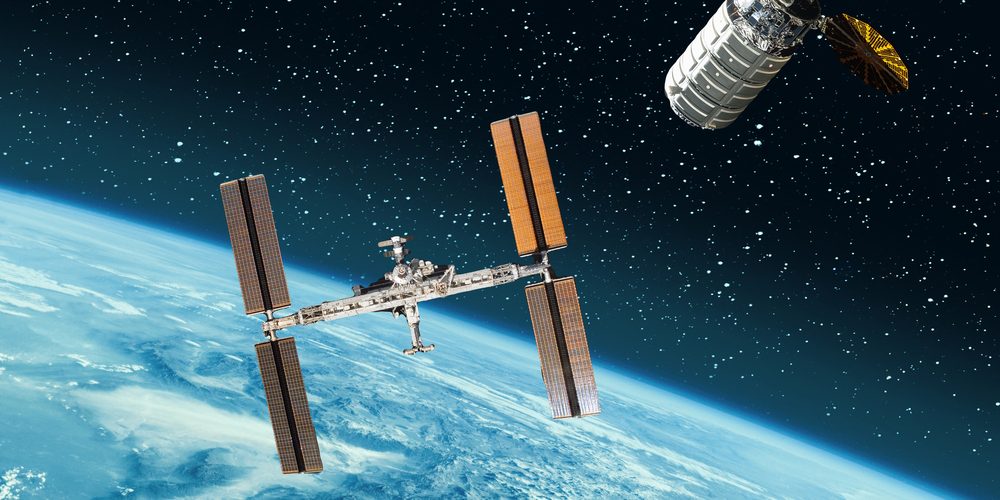Innovative gravitational maneuver opens new possibilities for deep space travel
Others are reading now
Space exploration has always demanded ingenuity, resilience, and technological breakthroughs. From the early days of orbital missions to ambitious plans for Moon bases and Mars exploration, success often hinges on the ability to adapt and recover from setbacks.
A recent Chinese mission is a textbook example of such adaptability, showcasing a bold new step in satellite navigation.
A Launch Gone Wrong — and a Bold Recovery
In March 2024, China launched two satellites aboard a Long March-2C rocket. Although the initial stages of the launch were successful, a malfunction in the upper stage left the satellites stranded on incorrect orbits. After months of evaluation, engineers initially considered de-orbiting the satellites to let them burn up in the Earth’s atmosphere.
Instead, after 123 days of intense work, Chinese engineers achieved a remarkable recovery.
Also read
They used a gravitational slingshot maneuver, cleverly leveraging the gravitational forces of Earth, the Moon, and the Sun to gradually adjust the satellites’ trajectories. This innovative approach not only saved the mission but also demonstrated a potentially revolutionary method for future space navigation, as reported by WP Tech.
Engineering Ingenuity and Team Effort
The recovery operation divided engineers into two teams: one remotely controlled the satellites’ engines to reduce their uncontrolled spinning, while the second calculated the optimal course corrections. “If the satellites had been destroyed, it would have wasted years of work and investment,” said Zhang Hao, a researcher at CSU, in an interview with CGTN Digital.
Their efforts paid off, placing the satellites on stable orbits and restoring control. This success marks a significant advance in the autonomous piloting of unmanned spacecraft, especially for long-duration missions beyond Earth’s orbit.
The Future of Chinese Space Navigation
The rescued satellites, now designated DRO-A and DRO-B, joined another satellite, DRO-L, to form a navigation constellation. This trio is expected to locate spacecraft within three hours—much faster than current methods. Researcher Mao Xinyuan emphasized that this capability will be critical for future lunar missions and the upcoming International Lunar Research Station (ILRS) project.
With plans to send crewed missions to the Moon by 2030, China is firmly positioning itself as a major player in deep space exploration.

